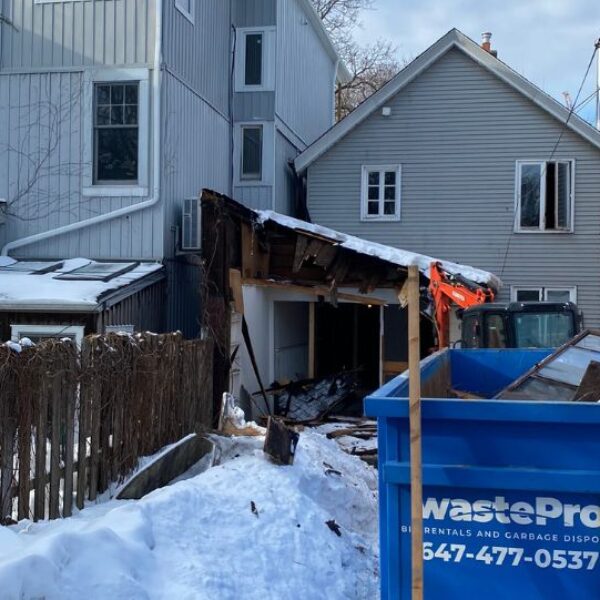Stellar Work Construction
Excavation & Demolition
Home » Exterior Renovation » Excavation & Demolition
Our Excavation & Demolition Services
Initial Survey and Inspection
The first step in any demolition project is to conduct a thorough survey of the building. This involves:
- Inspecting the structure to identify potential hazards
- Determining the building’s construction materials and design
- Assessing the current structural condition
- Reviewing building codes and local regulations
This initial survey helps the demolition team develop a specific strategy for the project and identify any hazardous materials that may require special handling1.
Structural Survey
Following the initial inspection, a more detailed structural survey is performed. This helps determine:
- The most appropriate demolition methods
- The condition of the building’s structural layout
- Whether to use heavy machinery or smaller equipment for the demolition
Demolition Planning
A comprehensive demolition plan is then developed, which typically includes:
- The specific demolition methods to be used
- The sequence of demolition activities
- Location of the building and surrounding structures
- Safety measures and protocols
- Debris cleanup and disposal plans
- Estimated timeline for completion
Obtain Necessary Permits
Securing all required permits is a crucial step that experienced contractors prioritize. This ensures compliance with local regulations and provides a more accurate timeline for the project.
Implement Safety Measures
Before demolition begins, various safety precautions are put in place, such as:
- Providing appropriate personal protective equipment (PPE) for workers
- Bracing ceilings and walkways for extra support
- Shutting off all utilities
- Establishing safety zones and restricting access to the site
Demolition Execution
The actual demolition is carried out according to the plan, using the chosen method (e.g., non-explosive or implosive). This may involve:
- Using heavy machinery like excavators or wrecking balls
- Employing controlled explosives for implosion
Starting from the top and working downwards for multi-story structures
Debris Removal and Site Cleanup
The final step involves safely and efficiently removing all debris from the site. This includes:
- Sorting materials for potential recycling or reuse
- Proper disposal of waste materials
- Cleaning and preparing the site for future use or construction
Excavation Steps
- Site Assessment and Planning
- Conduct thorough site inspection
- Evaluate soil conditions and topography
- Identify potential hazards and underground utilities
- Develop a detailed excavation plan
- Obtain Necessary Permits
- Research local regulations
- Apply for required permits and approvals
- Site Clearing
- Remove vegetation, debris, and obstacles
- Implement erosion control measures
- Establish Reference Points
- Mark excavation boundaries
- Set up stakes for guidance
- Equipment Selection
- Choose appropriate machinery (excavators, bulldozers, etc.)
- Ensure all equipment is in good working condition
- Excavation Process
- Begin digging according to the plan
- Remove soil and materials in layers
- Continuously check depths and dimensions
- Soil Management
- Properly store or dispose of excavated soil
- Implement measures to prevent soil erosion
- Utility Installation
- Dig trenches for utilities if required
- Coordinate with utility companies for connections
- Grading and Leveling
- Shape the excavated area to desired specifications
- Ensure proper drainage slopes
- Foundation Preparation
- Prepare the excavated area for foundation work
- Install any necessary support structures
- Quality Control and Inspections
- Conduct regular site inspections
- Perform necessary soil tests
- Ensure compliance with project specifications
- Site Clean-up
- Remove excess materials and debris
- Prepare the site for the next construction phase
Our projects Gallery
















